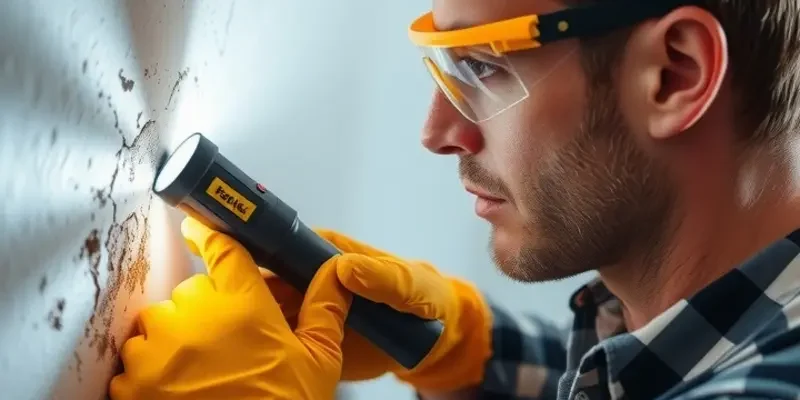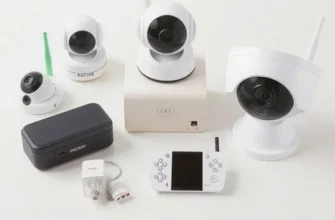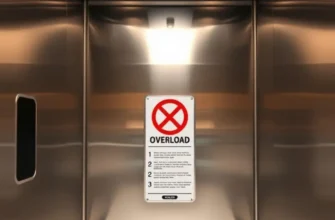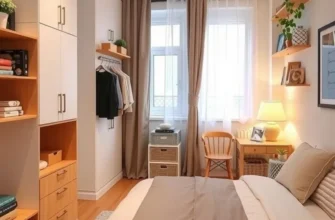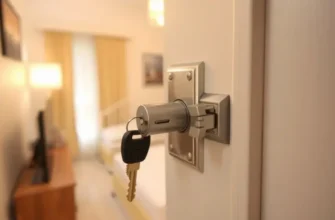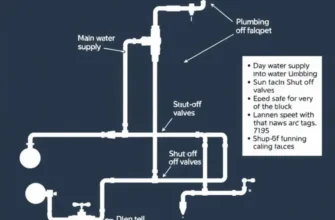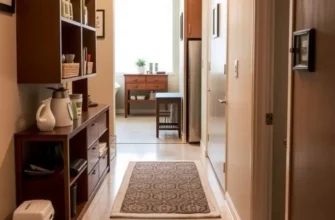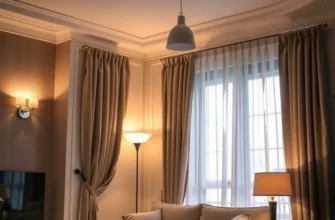Living in a rented apartment offers flexibility, but it also comes with its own set of challenges, especially when it comes to maintenance and repairs. Walls can be easily damaged by everyday wear and tear, safety hazards, or even when trying to hang your favorite artwork. Understanding how to manage wall repairs effectively is crucial for both comfort and security in your living space. Having the right tools and techniques can turn what seems like a daunting task into a manageable one. Our guide provides practical, easy-to-follow tips to help you tackle wall repair confidently, ensuring a safe, clean environment for you and your loved ones. From assessing damage to choosing the right materials, these tips will put you on track for hassle-free maintenance. Remember, taking care of the walls in your apartment not only enhances your living experience but also helps maintain the property’s value over time.
Assessing Wall Damage: Safety Comes First
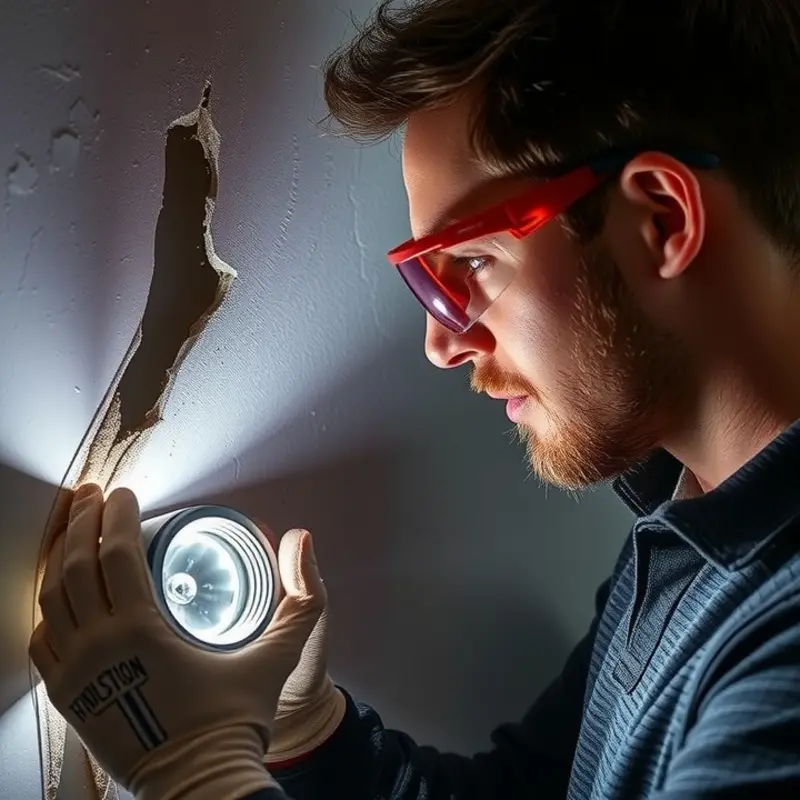
Starting any wall repair begins with a thorough assessment of the damage. Identifying cracks, holes, or water stains is crucial, as they may indicate larger structural issues. Your primary concern should always be safety. Before you assess wall damage, ensure you have the relevant protective gear. Safety goggles and gloves can protect against dust and debris.
If the wall damage is near electrical outlets or switches, take extra precautions. It’s advisable to turn off the circuit breaker to avoid any risks related to electrical circuits. Use a reliable flashlight to inspect the walls. This helps in spotting issues that are not immediately visible. Pay close attention to any discoloration or patterns that might suggest hidden water damage.
Once you’ve identified the damage, it becomes easier to prioritize repairs. Start with cracks or holes that may compromise the electrical systems. These require immediate attention to maintain a secure living space. For more severe problems, such as extensive mold or structural damage, contact your landlord. They need to address significant safety risks promptly.
Understand that some issues, like major water stains, might indicate leaks from plumbing or roofing that require professional assessment. Ignoring these could lead to further damage and potential health risks from mold growth. Consequently, it’s essential not just to identify the damage but also to gauge its severity.
When documenting the damage, take clear pictures and notes. This information is crucial for discussions with your landlord. It’s essential to communicate clearly about the nature and extent of the damage, emphasizing any immediate safety hazards. Effective communication aids in quick resolution, ensuring these areas are prioritized for repair.
In addition, learning about common apartment maintenance issues, such as water-related damage, can be beneficial. For more information on apartment safety, you might consider checking out resources such as this guide on safe home care.
Following these careful assessment steps not only prevents further deterioration but also maintains a secure home environment. Knowing how and when to alert your landlord about structural issues can save time and protect everyone in the apartment. Take these necessary cautions to ensure a safe and well-maintained living space.
DIY Wall Repair Techniques for Renters
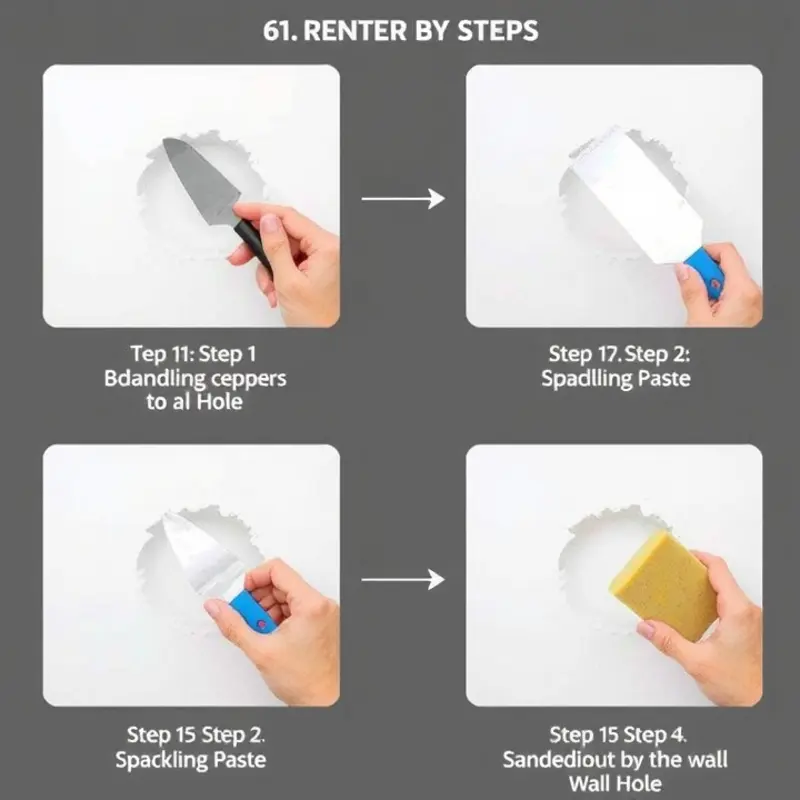
Once you’ve assessed the damage, it’s time to roll up your sleeves and get to work. Tackling wall repairs yourself can be a straightforward and rewarding endeavor when approached with the right techniques. Begin by gathering essentials such as spackling paste and a wall repair kit, both easily found at any hardware store and invaluable for small holes or dents.
For minor cracks or nail holes, spackling paste is your go-to solution. Start by cleaning the area with a damp cloth, removing any dust or debris. Apply the spackling paste with a putty knife, smoothing it over the damage until it’s flush with the wall. Let it dry completely, as per the instructions on the packaging, then sand it lightly with fine-grit sandpaper. This ensures the surface is smooth and ready for painting.
If holes are larger, a wall repair kit might be necessary. These kits often include a mesh patch that provides support and structure behind the spackle. Apply the patch according to the kit’s directions, then cover with spackling compound. As with smaller repairs, smooth it out and let it dry completely before sanding.
Once repairs are done, prepare to repaint the repaired area to blend seamlessly with the rest of the wall. Match your paint to the existing wall color. If you don’t have the original paint, a small sample taken to your local paint store can help find the closest match. Apply primer to the repaired areas first, followed by the paint in thin, even coats. Feather the edges into the surrounding area to avoid noticeable lines between old and new paint.
For those looking to add flair without permanence, consider using removable wallpaper. This option is perfect for renters, as it allows for personalization while being easily removable without damage. Ensure surfaces are clean and dry before application.
Understanding the scope of your repairs is essential. For major wall damage, such as large holes or structural issues, consult a professional rather than attempting repairs yourself. This not only protects your deposit but also ensures safety and integrity of the apartment.
Tackling wall repairs independently can enhance your living space and showcase your personal touch. However, safe apartment habits should be a priority when choosing which repairs to undertake. For practical, renter-friendly cleaning solutions that complement your repair efforts, consider exploring this guide. By understanding your rights, responsibilities, and the limits of your DIY capabilities, you can maintain your apartment efficiently and responsibly.
Final words
Maintaining the integrity of your apartment walls not only fosters a safer, more secure living environment but also plays a role in your overall comfort and peace of mind. From assessing and repairing minor damages to knowing when to call for help, empowering yourself with these essential wall repair tips can make living in a rental a more enjoyable experience. Remember, protecting your living space is not just about aesthetics; it’s about ensuring a safe haven for you and your family. So take these tips to heart, and enjoy the journey of keeping your apartment a place you love to call home.

